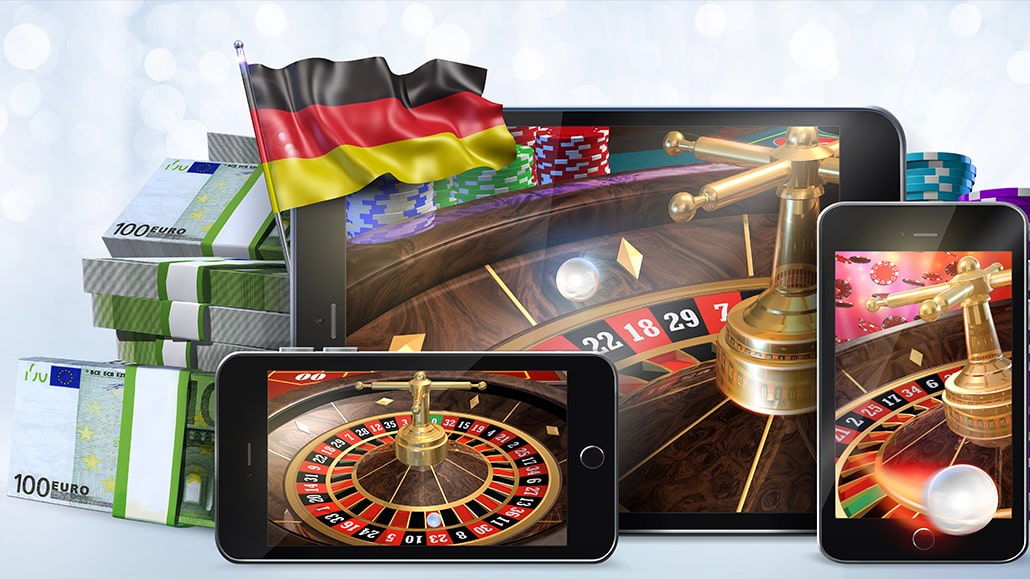How Casino Games Utilize Hue and Design to Draw Gamers

Within a vibrant and exciting world of gaming establishments, wherein luck and strategy intertwine, hues and design play a key role in drawing in players. From the moment visitors step inside a casino or log into a gaming website, they are enveloped in a sightly feast that captures their attention and lures them to discover more. Bright colors, captivating graphics, and creative layouts are meticulously crafted to create an atmosphere of thrill and anticipation, ultimately enhancing the gaming encounter.
While players navigate through the ever-changing landscape of casino games, they encounter a range of designs that not only serve visual purposes but also influence emotions and choices. Hues like scarlet and gold symbolize wealth and luck, while calm navy and greens can create a more relaxed environment. Understanding how these elements function together enables casinos to create an inviting and energizing atmosphere that encourages players to interact with the games, spend more time at the tables, and increase their general enjoyment.
The Study of Color in Casino Games
Color plays a critical role in the design of gambling games, influencing players' emotional states and responses. Bright and vibrant colors, such as red and amber, are often used to ignite excitement and capture notice. These colors create a feeling pressure and energy, encouraging gamblers to participate more enthusiastically with the experience. By thoughtfully selecting tints, developers aim to elicit emotions of joy and excitement, which can enhance the complete game experience.
Various colors also have psychological meanings that can affect how players perceive their possibilities of winning. For example, lime is frequently associated with good fortune and wealth, making it a popular choice in activities like the roulette wheel and poker setups. This link can result participants to feel more hopeful and assured in their gameplay, ultimately motivating them to stake more. Understanding these associations allows game designers to create environments that enhance player satisfaction and loyalty.
Furthermore, the interface of casino game interfaces often uses color gradients and differing shades to instruct players' actions. For case, successful combinations may be highlighted with striking, differing colors, creating a visual cue. This approach reinforces successful results and promotes repeated gameplay. By exploiting the science of color, gambling establishments can develop activities that not only captivate gamblers but also maintain them engaged and dedicated in their gaming experience.
Design Features that Attract Players
The visual appeal of gambling games is primarily influenced by the use of bold colors. Lively and striking colors are strategically chosen to create an inviting atmosphere that grabs attention. online casino österreich legal For example, reds and golds often signify luck and wealth, which is why they are common in the color schemes of gaming machines and table surfaces. These colors not only attract players in, but they also evoke emotions associated with thrill and expectation, enhancing the total gaming experience.
In addition to color, the aesthetic and layout of casino games play a crucial role in captivating players. Games are designed to be user-friendly, ensuring that players can easily understand the guidelines and mechanics. Accessible interfaces, along with captivating graphics and animations, help maintain gamer interest and encourage longer play sessions. The tactile elements, such as the feel of the controls and the sounds of the games, also contribute to a comprehensive sensory experience that keeps players engaged.
In conclusion, thematic elements in game design can significantly influence gaming decisions. Many casino games are inspired by media, fairy tales, or adventure themes, incorporating symbols and characters that connect with players. These themes create a sense of immersion and relatability, making each game feel distinct. When players feel a connection to the theme, they are more likely to choose that game over others, leading to increased participation and enthusiasm within the gambling environment.
Case Studies: Notable Casino Game Designs
One prime example of impressive gambling game design is the well-known slot machine series based around blockbuster movies. Games such as those based on the The Wizard of Oz and Game of thrones utilize vibrant colors and high-quality graphics to enthrall players in familiar narratives. The employment of dynamic visuals and captivating sound effects takes the attention of players, building an emotional connection to the theme. This strategy not just fosters longer play but also boosts the overall gaming experience, leading to increased player retention.
Another successful case is the use of the psychology of color in table games like blackjack and roulette. Casinos often develop these games with rich reds and greens, colors traditionally associated with luck and wealth. For instance, the emerald felt on a 21 table provides a relaxing effect, while the red accents in the wheel invite anticipation. This deliberate use of color helps to foster an inviting atmosphere that stimulates players to join in, satisfying their psychological impulses and boosting their enjoyment.
Finally, online casino games that feature community features and vivid, colorful designs have achieved remarkable success in engaging players. Games like Zynga's Poker and Slotomania leverage vivid colors and playful animations to establish an inviting online environment. The addition of leaderboards, social sharing options, and in-app rewards encourages competition and community, pulling players in for longer sessions. Such designs not just make the games visually attractive but also highlight community engagement, a crucial factor in player retention and engagement within digital casino environments.
